We’ve all heard of Odysseus and Penelope, the famous couple protagonists in Homer’s Odyssey; but what about their son, Telemachus? Telemachus, prince of Ithaca, was the protagonist of a coming-of-age story in which a young boy matures into an adult and protects his father’s kingdom. Let us delve deeper into the story of Telemachus in Greek mythology, which, in my opinion, has nothing to envy modern coming-of-age stories.
Telemachus Key Facts
| Parents | Odysseus and Penelope |
| Partners | None |
| Siblings | None |
| Offspring | None |
| Other names | None |
| Roman name | Telemachus |
| Symbols | Bow and arrow, ship |
Name and Etymology
Telemachus, a name that resonates with loyalty and determination. Derived from the Greek words “tele” meaning “far” and “machos” meaning “fight”, his name can be translated as “far from battle”. This is quite fitting, considering his initial reluctance to step into the shoes of his father. The Romans, ever so fond of Greek tales, retained his name in their literature.
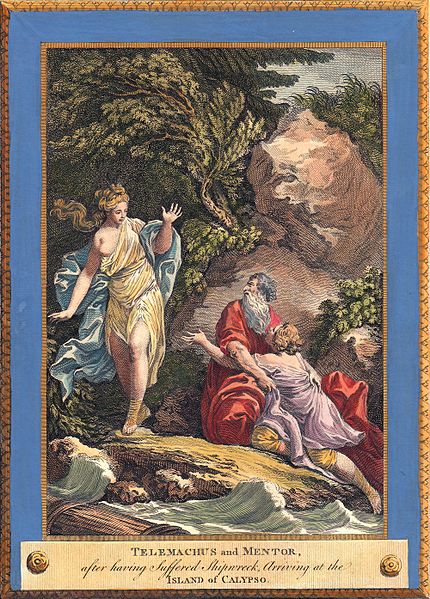
Telemachus Origins
Born to the great hero Odysseus and the faithful queen Penelope, Telemachus’ life was destined to be anything but ordinary. His father’s tales of bravery in the Trojan War echoed across Greece. However, young Telemachus grew up in a palace filled with suitors vying for his mother’s hand. His childhood was marked by the absence of his father and the suitors, who consumed the wealth of his household.
In Greek mythology, personifications or Daemones play significant roles in shaping the lives of heroes and mortals. For Telemachus, his journey was influenced by Athena, the goddess of wisdom. Disguised as Mentor, she guided and advised him, pushing him to find his father and reclaim his household.
Telemachus Lovers and Relationships
Telemachus’ journey in The Odyssey revolves around his search for his father and the restoration of his household. However, there isn’t much emphasis on his romantic relationships. His primary focus remains on reuniting with Odysseus and ensuring the safety of his mother, Penelope.
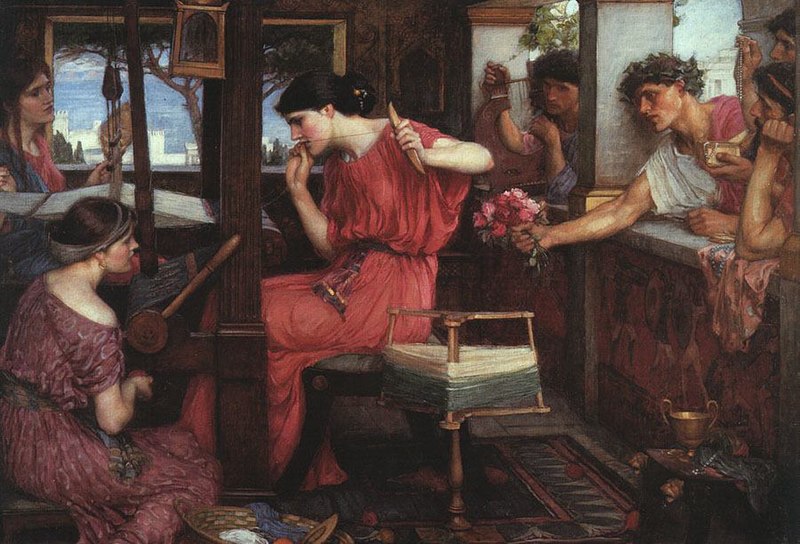
As portrayed in The Odyssey, he is too young, and/or busy with other things to have any offspring.
Depiction And Characteristics
Telemachus, though not as renowned as his father, has distinct characteristics that set him apart.
Telemachus, often portrayed as a young man on the verge of adulthood, typically appears with a bow and arrow, symbolizing his endeavor to follow in his father’s footsteps. Additionally, ships, which represent his journey in search of Odysseus, are commonly associated with him.
Growing up without his father’s guidance, Telemachus initially appears passive and unsure. However, as the story progresses, he displays a fierce determination and loyalty, especially towards his mother. His interactions with the suitors showcase his growing confidence and assertiveness.
Telemachus Symbols and Role
The bow and arrow, a symbol of his lineage and his attempt to defend his household, are closely associated with Telemachus. Ships, representing his journey and search for his father, are another recurring symbol.
His primary role in The Odyssey is that of a son in search of his father. Journeying across the seas, seeking news of Odysseus. Along the way, he learns of his father’s bravery, cunning, and the challenges he faced. Telemachus also takes on the responsibility of defending his household against the suitors. Moreover, the story captures his growth from a passive observer to an active participant in his destiny.
Myths about Telemachus
One of the most notable episodes is his visit to Pylos and Sparta, where he learns more about his father’s deeds during the Trojan War and his subsequent journey home.
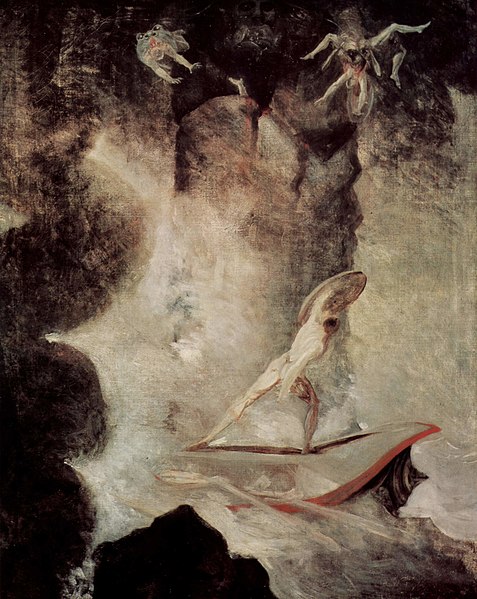
Telemachus and The Suitors
One of the central conflicts in The Odyssey is Telemachus’ struggle against the suitors who have overrun his household. With the guidance of Athena and the newfound knowledge of his father’s bravery, he confronts them, showing maturity and determination.
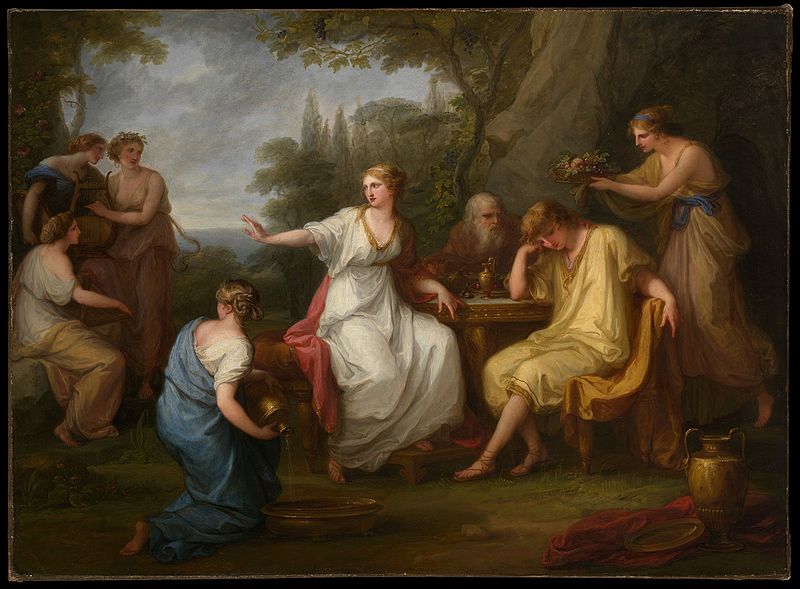
Representations Of Telemachus In Art
Throughout history, Telemachus’ journey and challenges have inspired artists. From ancient pottery depicting his confrontations with the suitors to Renaissance paintings showcasing his reunions with Odysseus and Penelope, his story has been a source of artistic inspiration.
Mentions in Ancient Texts
Telemachus’ story is intricately woven into the fabric of one of the greatest epics of ancient Greek literature, “The Odyssey” by Homer. This monumental work, penned around the 8th century BC, not only chronicles the adventures of Odysseus but also dedicates a significant portion, known as the “Telemachy,” to Telemachus’ own journey.
The “Telemachy” encompasses Books 1 through 4 of “The Odyssey.” It begins with Telemachus at a crossroads, feeling the weight of the suitors’ presence in his home and the absence of his father. Athena, recognizing his plight, visits him in the guise of Mentor and advises him to search for news of his father.
In Book 2, Telemachus calls an assembly in Ithaca to address the issue of the suitors. He then sets sail, as per Athena’s guidance, to gather information about his father’s whereabouts. His travels take him to Pylos, where he meets Nestor, and then to Sparta, where he encounters Menelaus and Helen in Books 3 and 4, respectively. From them, he learns more about his father’s deeds during the Trojan War and gains insights into his prolonged journey home.

Throughout the “Telemachy,” readers witness Telemachus’ transformation from a passive youth to a determined young man. Growing both older and more ready to reclaim his household and legacy. His journey mirrors that of his father’s, emphasizing themes of growth, identity, and perseverance.
This section of “The Odyssey” is crucial as it sets the stage for the reunion of father and son. Later they together reclaim their home from the suitors. The “Telemachy” not only enriches the narrative by adding layers of depth and perspective but also highlights the importance of Telemachus as a character in his own right.
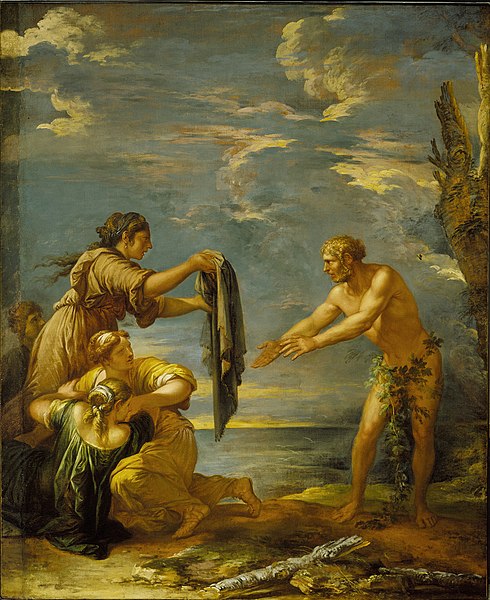
Frequently Asked Questions
Telemachus is best known as the son of Odysseus and Penelope, and for his journey to find his father.
Athena, the goddess of wisdom, guided him, often appearing in the disguise of Mentor.
No, Telemachus is portrayed as an only child in The Odyssey.
The bow and arrow, and ships, symbolizing his lineage and journey respectively.
No, he was a mortal and a central figure in The Odyssey.
Featured Image Credit: Pierre Edme Louis Pellier, Public domain, via Wikimedia Commons

